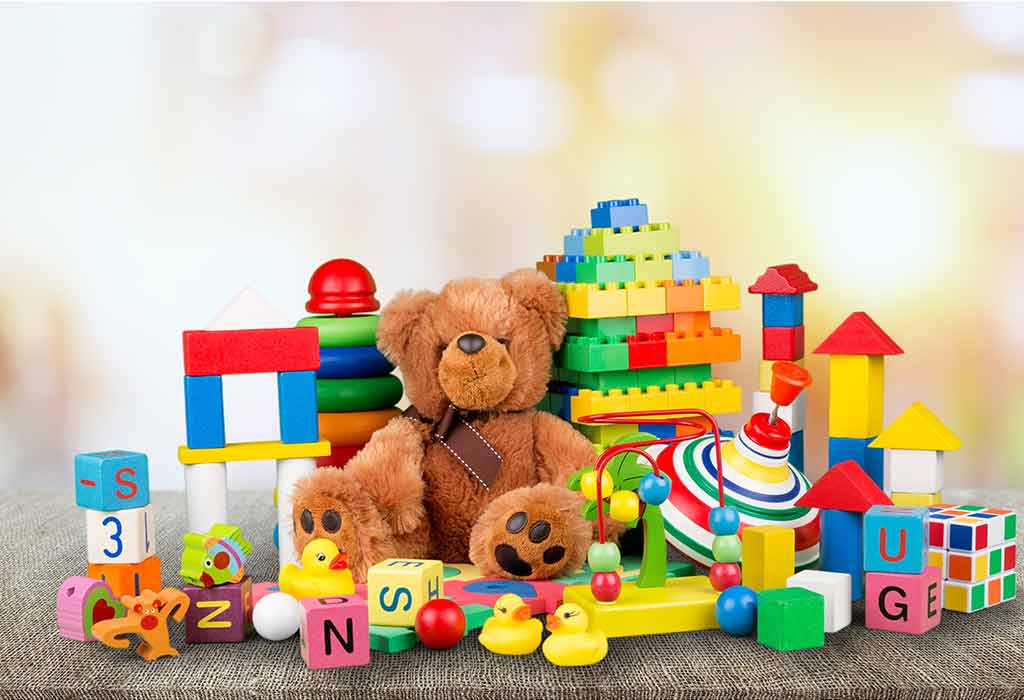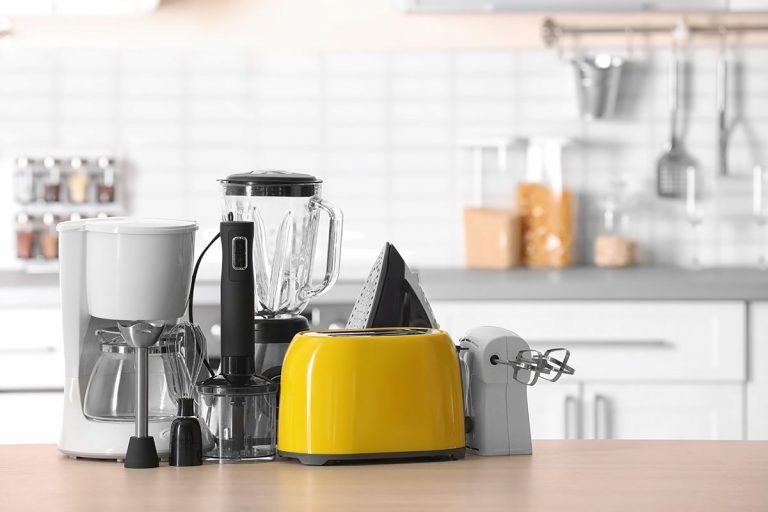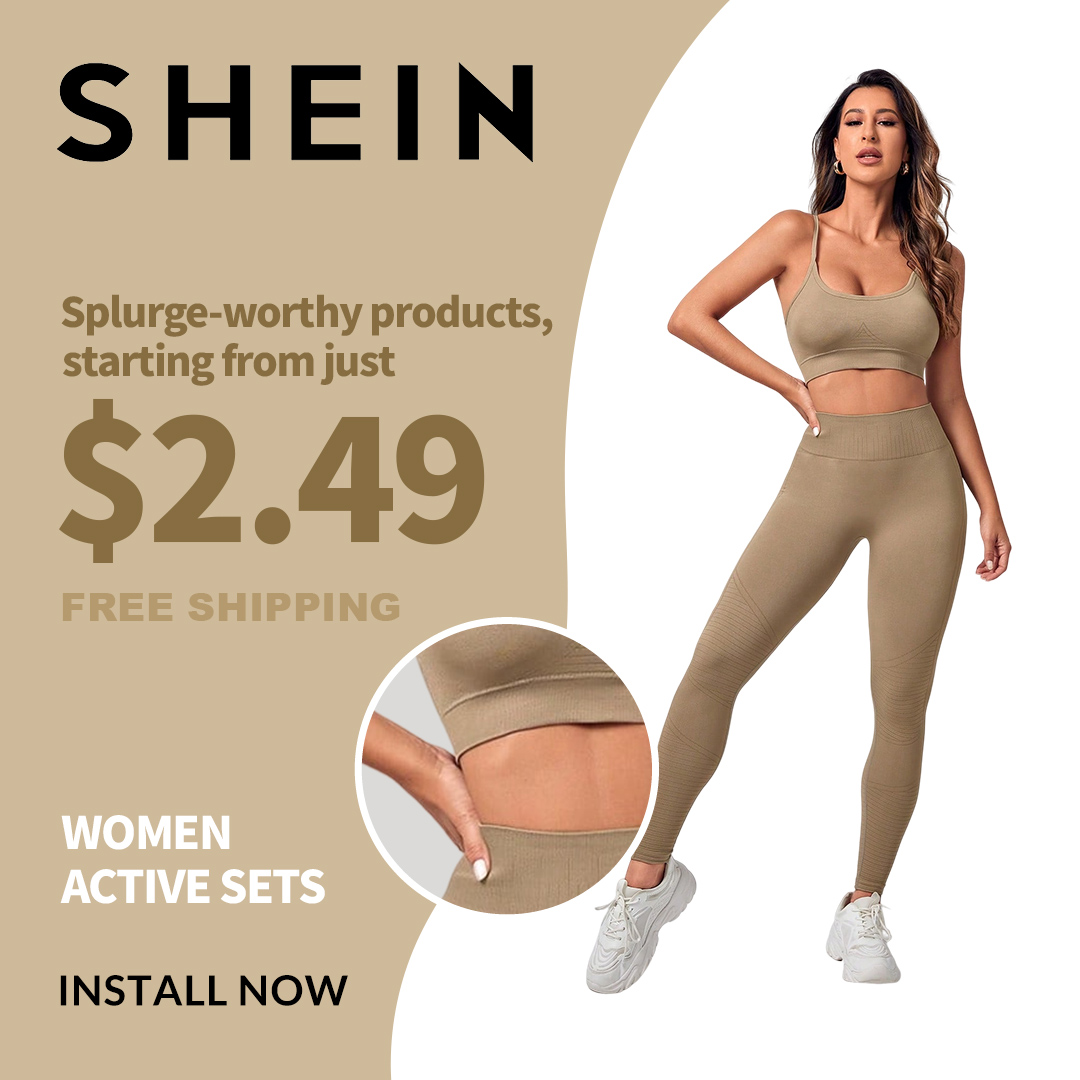Toys do much more than entertain; they play a fundamental role in a child’s growth, helping them build critical cognitive, emotional, and sensory skills. For parents, choosing the right toys for sensory development ensures playtime is not only fun but also a valuable learning experience. With the right tools, you can nurture your child’s brain and body, equipping them with the skills they need to explore their world.
This article is your ultimate guide to understanding sensory play, from identifying the best toys for your child’s age to exploring materials that encourage open-ended exploration. Along the way, we’ll provide expert tips, personal anecdotes, and practical advice to make your journey as smooth as possible.
And when it comes to shopping for the best-quality sensory toys, The Children’s Place stands out as the ideal retailer. Their vast selection of trusted, innovative, and safe options ensures you’ll find exactly what your child needs. Let’s dive into the world of sensory toys and how they can enrich your little one’s development!
Why Sensory Play Matters
What Is Sensory Development?
Sensory development is the process through which children learn to interpret and respond to their environment via their senses:
- Touch (tactile)
- Sight (visual)
- Hearing (auditory)
- Taste (gustatory)
- Smell (olfactory)
- Movement (vestibular)
- Body awareness (proprioception)
From the moment a baby is born, their senses act as their primary connection to the world. Each sensory experience creates neural pathways that form the foundation of their cognitive and physical abilities. For example, when a toddler manipulates a textured toy, they are not only engaging their sense of touch but also developing fine motor skills and problem-solving abilities.
How Sensory Toys Support Development
The right sensory toys do more than entertain; they promote learning by providing children with opportunities to:
- Explore textures and patterns through their hands and fingers.
- Recognize colors and shapes with their eyes.
- Experience different sounds that sharpen auditory processing.
- Experiment with movement, developing coordination and balance.
- Express creativity through open-ended play.
Every toy is a stepping stone to greater curiosity and skill-building. By introducing toys tailored to your child’s sensory needs, you’re nurturing their ability to understand and adapt to the world around them.
Key Factors to Consider When Choosing Sensory Toys
1. Age Appropriateness
Toys should align with your child’s developmental stage to ensure safety and engagement:
- Newborns (0–6 Months): Opt for visually stimulating toys with high-contrast colors or gentle textures. Examples include soft rattles, black-and-white mobiles, and fabric books.
- Infants (6–12 Months): Babies begin to explore more actively, so look for toys they can grasp, stack, or manipulate, such as teething rings, sensory balls, or stacking cups.
- Toddlers (1–3 Years): At this stage, children enjoy interactive toys like musical instruments, sensory bins, and large building blocks.
- Preschoolers (3–5 Years): Encourage creativity and problem-solving with puzzles, art supplies, and imaginative play kits.
2. Safety Standards
Safety is a top priority, particularly for younger children who are still exploring objects with their mouths. When selecting sensory toys, ensure they:
- Meet safety certifications like ASTM or CE marks.
- Are free of small parts that could pose choking hazards.
- Are made from non-toxic, BPA-free materials.
- Feature smooth edges to prevent accidental scrapes or cuts.
The Children’s Place offers a trusted selection of toys that meet these rigorous safety standards, giving parents peace of mind during every purchase.
3. Multi-Sensory Features
The best toys engage more than one sense, encouraging children to make connections between different sensory experiences. For example:
- Toys with lights and sounds stimulate visual and auditory senses simultaneously.
- Textured toys with added scents engage tactile and olfactory senses.
- Interactive toys that respond to movement stimulate proprioceptive and vestibular senses.
4. Open-Ended Play
Toys that promote open-ended play allow children to use their imagination, experiment with ideas, and solve problems creatively. Examples include:
- Wooden building blocks that can become anything from towers to bridges.
- Sensory bins filled with materials like rice, water beads, or play sand.
- Art supplies, such as finger paints or modeling clay.
Types of Sensory Toys and Their Benefits
Tactile Toys (Touch)
Touch-based toys enhance fine motor skills and help children explore textures.
Examples:
- Sensory balls with ridges, spikes, or grooves.
- Plush toys with contrasting fabrics.
- Kinetic sand or slime for hands-on fun.
Visual Toys (Sight)
Visual toys stimulate color recognition, pattern exploration, and spatial awareness.
Examples:
- Stacking toys in bright, contrasting colors.
- Fiber optic wands that light up in the dark.
- Puzzles with bold, colorful illustrations.
Auditory Toys (Hearing)
Sound-based toys introduce children to rhythm, language, and auditory patterns.
Examples:
- Musical instruments like tambourines or xylophones.
- Storytelling toys that play songs or narrate.
- Rain sticks that produce soothing sounds.
Proprioceptive Toys (Body Awareness)
Proprioceptive toys build strength, balance, and spatial awareness.
Examples:
- Weighted blankets or stuffed animals.
- Resistance bands for playful stretching.
- Tunnel sets for crawling and climbing.
How to Introduce Sensory Toys Effectively
- Start Small: Introduce one toy at a time to avoid overwhelming your child.
- Observe Reactions: Watch how your child interacts with the toy and adjust accordingly.
- Encourage Exploration: Let your child lead the way in discovering the toy’s features.
- Rotate Toys: Keep things fresh by swapping out toys periodically.
Personal Stories: The Power of Sensory Play
When my daughter, Mia, turned three, she showed signs of hesitance around new textures. I introduced her to a sensory bin filled with water beads and scooping tools. At first, she was unsure, but with encouragement, she began exploring and even laughing at the squishy textures. This experience not only improved her tactile tolerance but also became a cherished bonding moment.
Shopping at The Children’s Place made this possible—their wide range of sensory toys allowed me to find the perfect match for Mia’s needs.
Conclusion
Choosing the right toys for sensory development is one of the best investments you can make in your child’s growth. By understanding their sensory needs and selecting toys that foster learning, you can create a playtime that is both enjoyable and enriching.
When it’s time to shop, The Children’s Place stands as the ultimate destination for safe, high-quality sensory toys. With their curated collection, you can rest assured that every toy supports your child’s journey of exploration and discovery.
Here’s to meaningful playtime, happy children, and the joy of watching them grow!
Would you like to explore sections on DIY sensory toys, advanced sensory play techniques, or resources for sensory-sensitive children?
Introduction
Toys do much more than entertain; they play a fundamental role in a child’s growth, helping them build critical cognitive, emotional, and sensory skills. For parents, choosing the right toys for sensory development ensures playtime is not only fun but also a valuable learning experience. With the right tools, you can nurture your child’s brain and body, equipping them with the skills they need to explore their world.
This article is your ultimate guide to understanding sensory play, from identifying the best toys for your child’s age to exploring materials that encourage open-ended exploration. Along the way, we’ll provide expert tips, personal anecdotes, and practical advice to make your journey as smooth as possible.
And when it comes to shopping for the best-quality sensory toys, The Children’s Place stands out as the ideal retailer. Their vast selection of trusted, innovative, and safe options ensures you’ll find exactly what your child needs. Let’s dive into the world of sensory toys and how they can enrich your little one’s development!
Why Sensory Play Matters
What Is Sensory Development?
Sensory development is the process through which children learn to interpret and respond to their environment via their senses:
- Touch (tactile)
- Sight (visual)
- Hearing (auditory)
- Taste (gustatory)
- Smell (olfactory)
- Movement (vestibular)
- Body awareness (proprioception)
From the moment a baby is born, their senses act as their primary connection to the world. Each sensory experience creates neural pathways that form the foundation of their cognitive and physical abilities. For example, when a toddler manipulates a textured toy, they are not only engaging their sense of touch but also developing fine motor skills and problem-solving abilities.
How Sensory Toys Support Development
The right sensory toys do more than entertain; they promote learning by providing children with opportunities to:
- Explore textures and patterns through their hands and fingers.
- Recognize colors and shapes with their eyes.
- Experience different sounds that sharpen auditory processing.
- Experiment with movement, developing coordination and balance.
- Express creativity through open-ended play.
Every toy is a stepping stone to greater curiosity and skill-building. By introducing toys tailored to your child’s sensory needs, you’re nurturing their ability to understand and adapt to the world around them.
Key Factors to Consider When Choosing Sensory Toys
1. Age Appropriateness
Toys should align with your child’s developmental stage to ensure safety and engagement:
- Newborns (0–6 Months): Opt for visually stimulating toys with high-contrast colors or gentle textures. Examples include soft rattles, black-and-white mobiles, and fabric books.
- Infants (6–12 Months): Babies begin to explore more actively, so look for toys they can grasp, stack, or manipulate, such as teething rings, sensory balls, or stacking cups.
- Toddlers (1–3 Years): At this stage, children enjoy interactive toys like musical instruments, sensory bins, and large building blocks.
- Preschoolers (3–5 Years): Encourage creativity and problem-solving with puzzles, art supplies, and imaginative play kits.
2. Safety Standards
Safety is a top priority, particularly for younger children who are still exploring objects with their mouths. When selecting sensory toys, ensure they:
- Meet safety certifications like ASTM or CE marks.
- Are free of small parts that could pose choking hazards.
- Are made from non-toxic, BPA-free materials.
- Feature smooth edges to prevent accidental scrapes or cuts.
The Children’s Place offers a trusted selection of toys that meet these rigorous safety standards, giving parents peace of mind during every purchase.
3. Multi-Sensory Features
The best toys engage more than one sense, encouraging children to make connections between different sensory experiences. For example:
- Toys with lights and sounds stimulate visual and auditory senses simultaneously.
- Textured toys with added scents engage tactile and olfactory senses.
- Interactive toys that respond to movement stimulate proprioceptive and vestibular senses.
4. Open-Ended Play
Toys that promote open-ended play allow children to use their imagination, experiment with ideas, and solve problems creatively. Examples include:
- Wooden building blocks that can become anything from towers to bridges.
- Sensory bins filled with materials like rice, water beads, or play sand.
- Art supplies, such as finger paints or modeling clay.
Types of Sensory Toys and Their Benefits
Tactile Toys (Touch)
Touch-based toys enhance fine motor skills and help children explore textures.
Examples:
- Sensory balls with ridges, spikes, or grooves.
- Plush toys with contrasting fabrics.
- Kinetic sand or slime for hands-on fun.
Visual Toys (Sight)
Visual toys stimulate color recognition, pattern exploration, and spatial awareness.
Examples:
- Stacking toys in bright, contrasting colors.
- Fiber optic wands that light up in the dark.
- Puzzles with bold, colorful illustrations.
Auditory Toys (Hearing)
Sound-based toys introduce children to rhythm, language, and auditory patterns.
Examples:
- Musical instruments like tambourines or xylophones.
- Storytelling toys that play songs or narrate.
- Rain sticks that produce soothing sounds.
Proprioceptive Toys (Body Awareness)
Proprioceptive toys build strength, balance, and spatial awareness.
Examples:
- Weighted blankets or stuffed animals.
- Resistance bands for playful stretching.
- Tunnel sets for crawling and climbing.
How to Introduce Sensory Toys Effectively
- Start Small: Introduce one toy at a time to avoid overwhelming your child.
- Observe Reactions: Watch how your child interacts with the toy and adjust accordingly.
- Encourage Exploration: Let your child lead the way in discovering the toy’s features.
- Rotate Toys: Keep things fresh by swapping out toys periodically.
Personal Stories: The Power of Sensory Play
When my daughter, Mia, turned three, she showed signs of hesitance around new textures. I introduced her to a sensory bin filled with water beads and scooping tools. At first, she was unsure, but with encouragement, she began exploring and even laughing at the squishy textures. This experience not only improved her tactile tolerance but also became a cherished bonding moment.
Shopping at The Children’s Place made this possible—their wide range of sensory toys allowed me to find the perfect match for Mia’s needs.
Conclusion
Choosing the right toys for sensory development is one of the best investments you can make in your child’s growth. By understanding their sensory needs and selecting toys that foster learning, you can create a playtime that is both enjoyable and enriching.
When it’s time to shop, The Children’s Place stands as the ultimate destination for safe, high-quality sensory toys. With their curated collection, you can rest assured that every toy supports your child’s journey of exploration and discovery.
Here’s to meaningful playtime, happy children, and the joy of watching them grow!
Would you like to explore sections on DIY sensory toys, advanced sensory play techniques, or resources for sensory-sensitive children?







